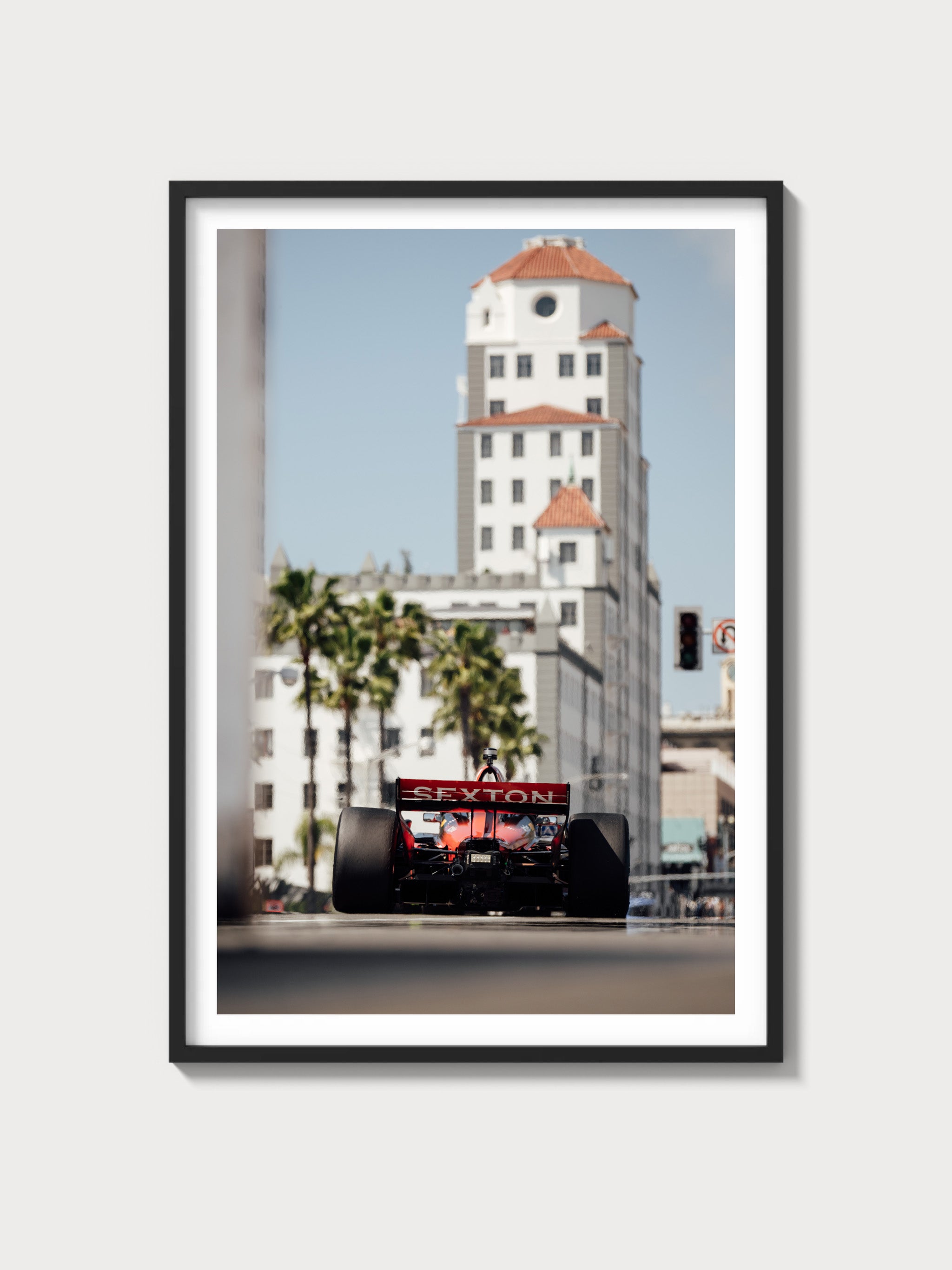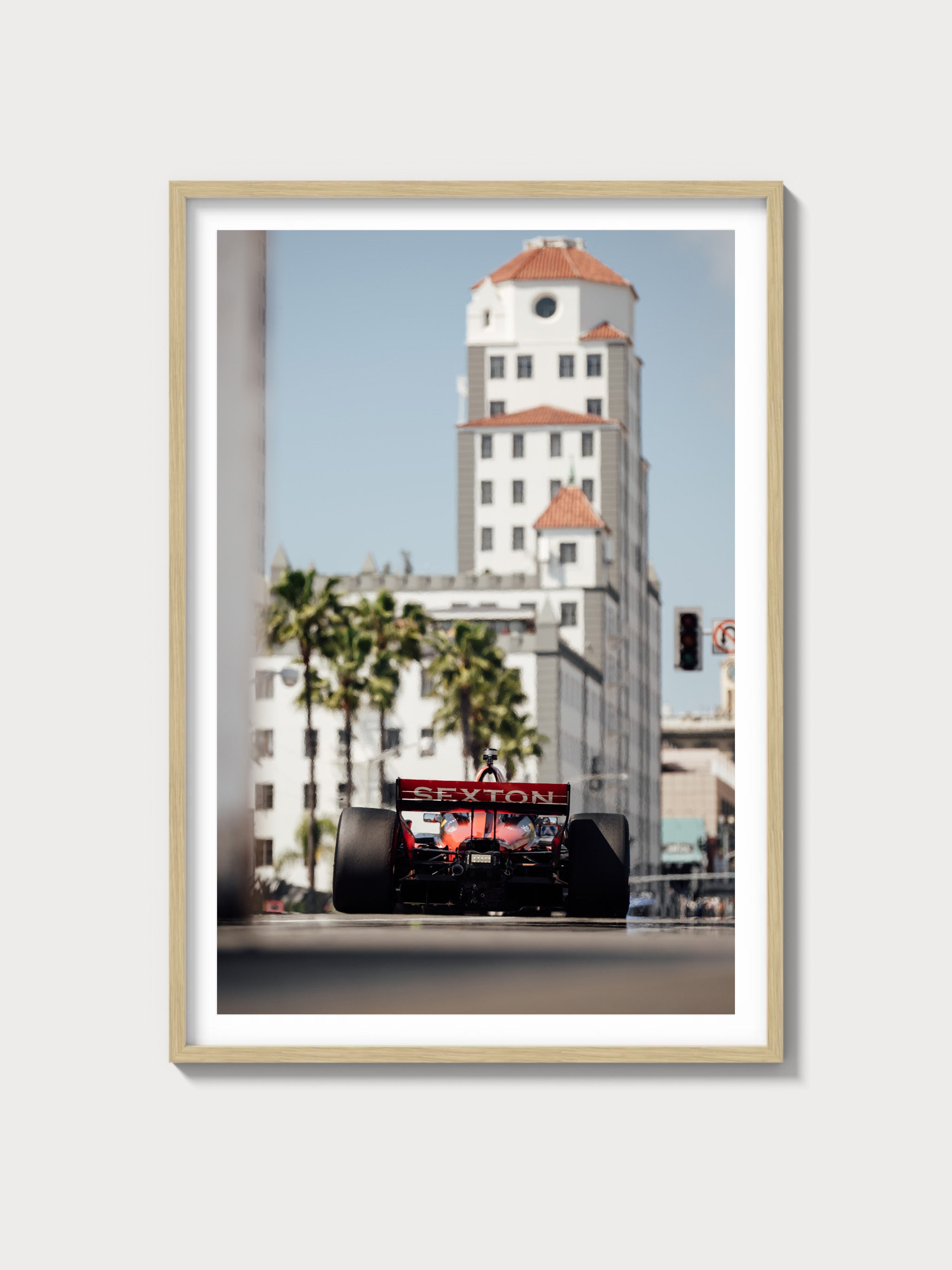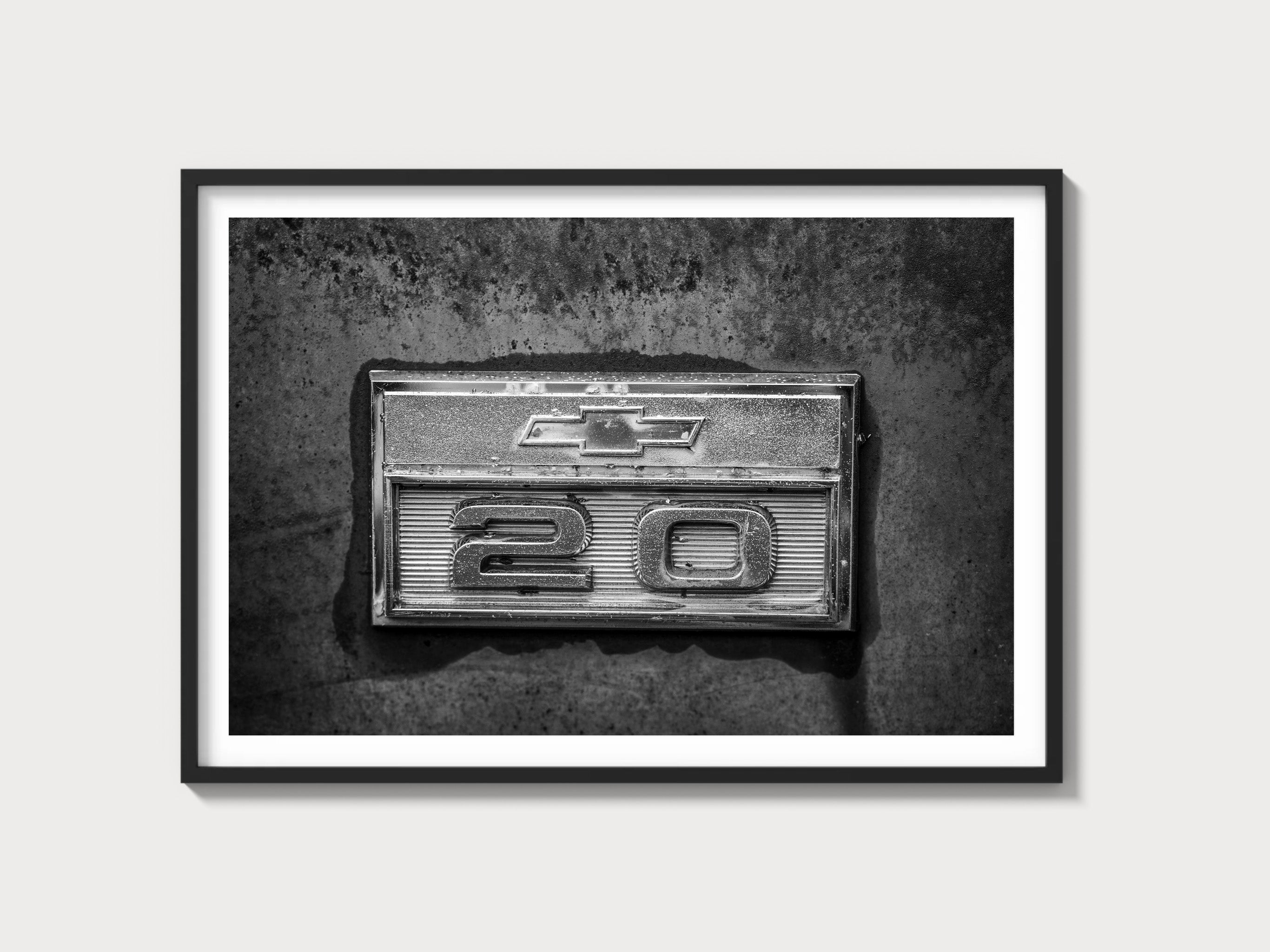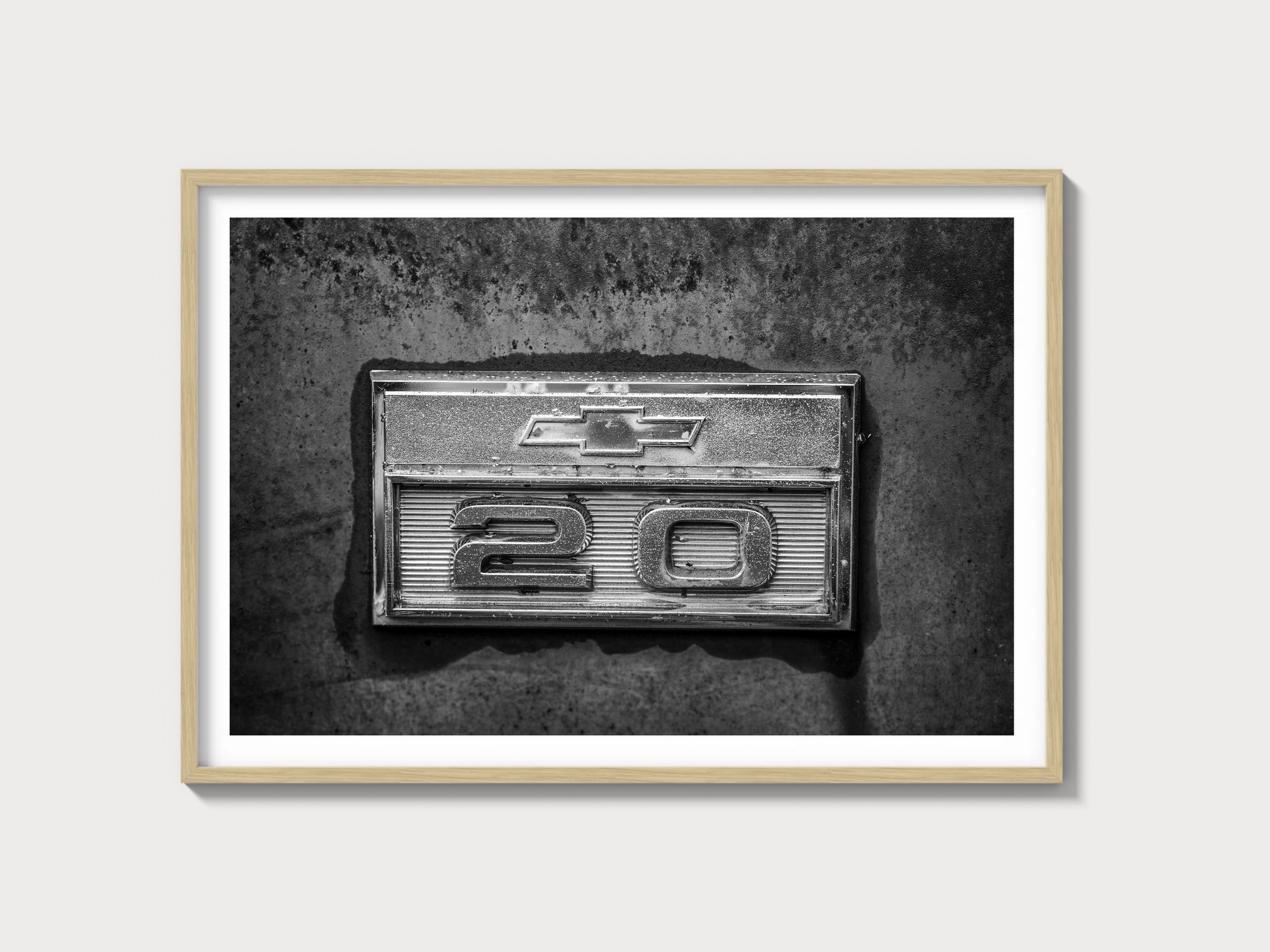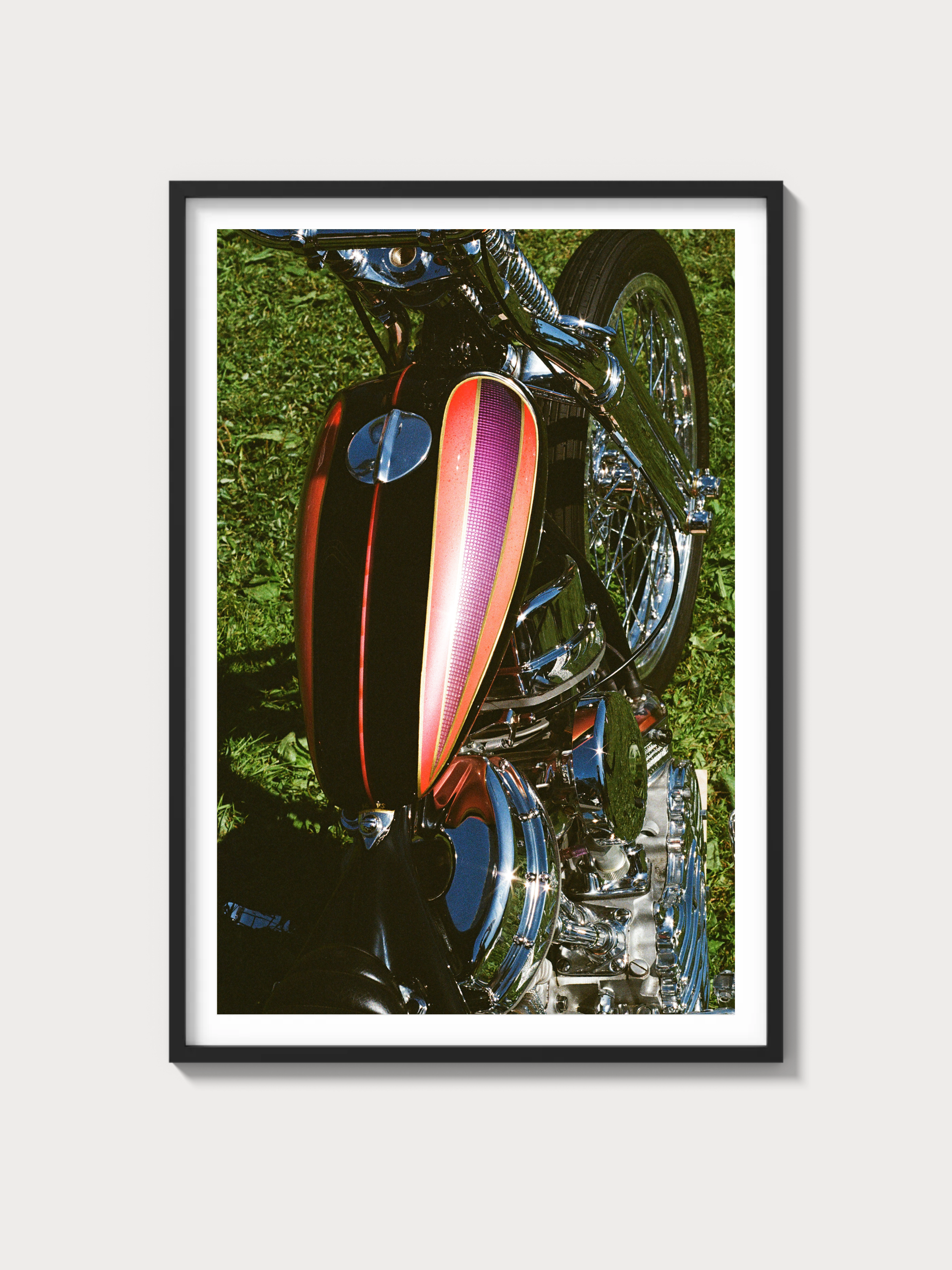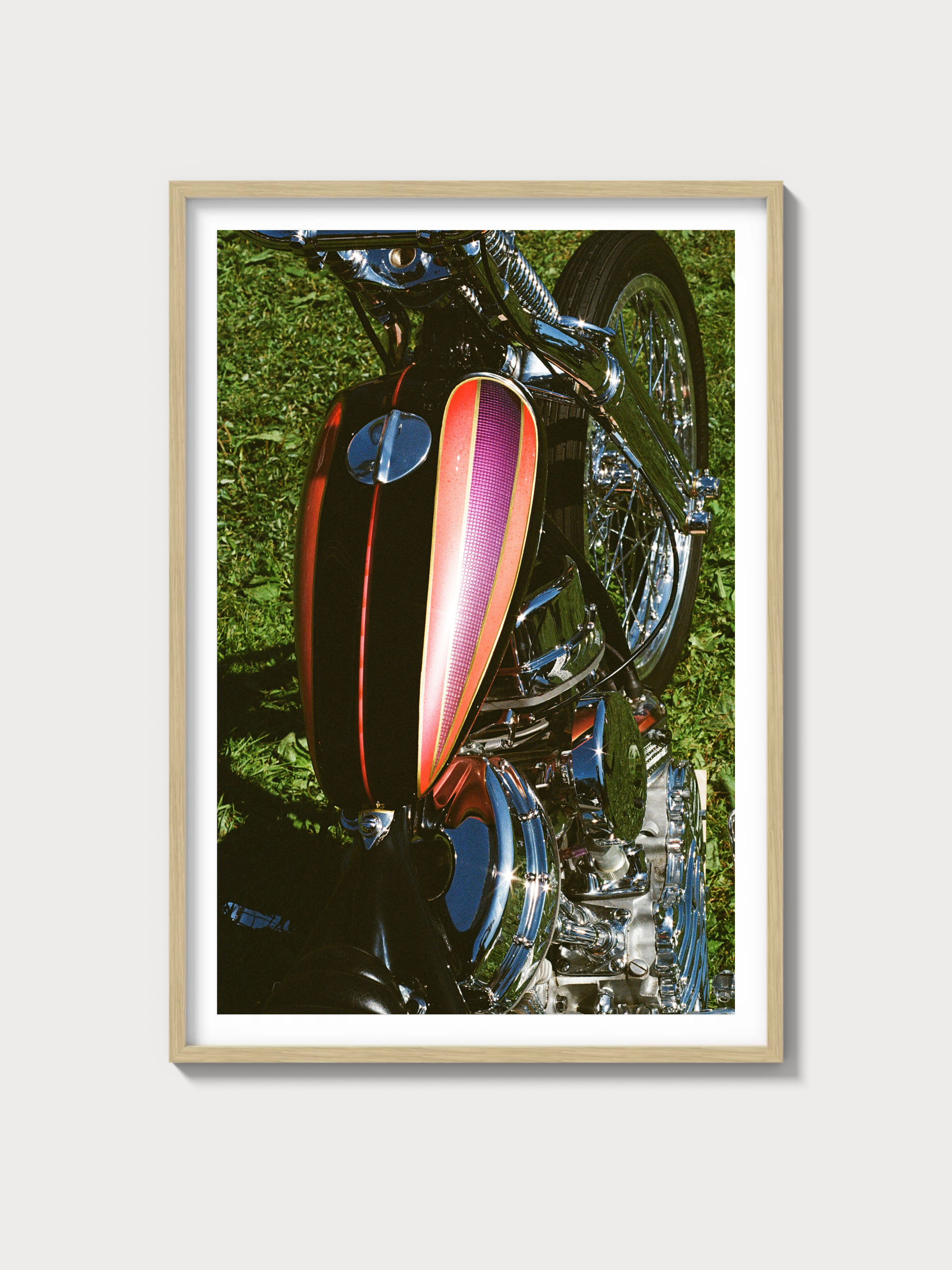1991–1996 Chevrolet Caprice 9C1 — The B-Body Pursuit Benchmark
The fourth-generation Chevrolet Caprice arrived for 1991 with aero-friendly sheetmetal draped over GM’s full-frame B-body. Within that range, RPO 9C1 denoted the police package — a purpose-built pursuit sedan that combined heavy-duty components with the sort of durability only a body-on-frame, rear-drive platform could promise. It became a favored tool of North American law enforcement and a cult object for enthusiasts who appreciate robust mechanicals, parts interchangeability, and mile-eating composure.
Historical Context and Development Background
When the rounded 1991 Caprice replaced its squared-off predecessor, Chevrolet’s corporate mandate was clear: modernize aerodynamics and packaging without compromising fleet utility. The 9C1 program, already established on earlier Caprices, was re-engineered around the new body with an emphasis on cooling capacity, brake performance, and electrical robustness. The result was a quiet revolution — a full-size sedan that could idle for hours, then run flat-out on the highway without protest.
Engineering changes over the run were significant. Early cars (1991–1993) used throttle-body-injected small-block V8s — dependable and torquey. The major inflection point arrived for 1994 when the Caprice adopted the LT1 5.7-liter V8, bringing sequential multi-port fuel injection, reverse-flow cooling, and a marked leap in high-speed performance. Alongside powertrain updates came incremental refinements to brakes, ABS, and interior ergonomics, reflecting feedback from agencies and the crucible of standardized police testing conducted by organizations such as the Michigan State Police and the Los Angeles County Sheriff’s Department.
In the period’s fleet marketplace, the Caprice 9C1’s principal rival was Ford’s Crown Victoria P71. Dodge’s large-sedan presence waned early in the decade, further sharpening the Chevy–Ford duel. With the LT1 onboard, the Caprice often set the pace in acceleration and highway pursuit metrics, while Ford traded on simplicity and a sprawling service network. Design-wise, the Chevrolet’s “aero bubble” silhouette drew mixed reactions on launch, but its quiet cabin, low drag, and planted stance made converts where it mattered: in the driver’s seat.
Engine and Technical Specifications
Three primary small-block V8 configurations defined the 9C1’s powertrain arc. The tables below detail the core specifications by engine family.
| Engine | Configuration | Displacement | Horsepower (SAE net) | Induction | Redline | Fuel System | Compression | Bore x Stroke |
|---|---|---|---|---|---|---|---|---|
| LO3 (1991–1993) | 90° OHV V8, iron block/heads | 5.0 L (305 cu in) | approx. 170 hp @ 4,400 rpm; 255 lb-ft @ 2,400 rpm | Naturally aspirated | ~5,000 rpm | Throttle-body injection (TBI) | ~9.3:1 | 3.736 in x 3.48 in |
| L05 (1991–1993) | 90° OHV V8, iron block/heads | 5.7 L (350 cu in) | approx. 180 hp @ 4,000 rpm; 300 lb-ft @ 2,400 rpm | Naturally aspirated | ~5,000 rpm | Throttle-body injection (TBI) | ~9.3:1 | 4.00 in x 3.48 in |
| LT1 (1994–1996) | 90° OHV V8, iron block/heads | 5.7 L (350 cu in) | 260 hp @ 5,300 rpm; 330 lb-ft @ 2,800 rpm | Naturally aspirated | ~5,700 rpm | Sequential multi-port injection | ~10.5:1 | 4.00 in x 3.48 in |
Transmissions were four-speed automatics throughout: the hydraulically controlled 4L60 (1991–1993) and the electronically controlled 4L60E (1994–1996). Both share the familiar 3.06:1 first gear and 0.70:1 overdrive, with police-calibrated shift programming and auxiliary coolers in 9C1 trim. Typical axle ratios for pursuit duty included 3.08 and 3.23, often paired with the G80 limited-slip differential.
Driving Experience and Handling Dynamics
What sets a 9C1 apart isn’t outright theatrics but composure. The B-body’s double A-arm front suspension and four-link, coil-sprung live axle in the rear provide a stable, predictable platform at highway velocity. Police-package springs and dampers significantly increase rate and control versus civilian Caprice calibrations, while larger sway bars reduce heave and roll without corrupting the car’s long-distance ride quality.
Steering is recirculating-ball with a police-specific variable-ratio gear that quickens response off-center and firms up at speed. Throttle response in TBI cars is immediate but runs out of breath early; the LT1 transforms the car with stronger midrange and cleaner top-end pull, particularly evident in passing maneuvers and sustained high-speed operation. Brake hardware on 9C1 models employs larger front rotors than civilian counterparts; rear braking is via drums on early cars and rear discs introduced alongside the LT1-era hardware. Fade resistance, aided by cooling ducts and friction material specified for pursuit use, stands up to repeated stops better than most period sedans.
Performance Specifications
Performance varied by engine and axle. Figures below reflect typical test results for stock, properly serviced examples.
| Configuration | 0–60 mph | Quarter-mile | Top speed | Curb weight | Layout | Brakes | Suspension | Gearbox |
|---|---|---|---|---|---|---|---|---|
| 1991–1993 9C1, LO3 5.0 TBI | ~9.0–9.5 sec | ~16.7–17.0 sec @ ~82–84 mph | ~115–120 mph (axle/tire dependent) | ~3,950–4,100 lb | Front-engine, rear-wheel drive | Front vented discs, rear drums | HD springs/shocks; larger sway bars | 4L60 (AOD) |
| 1991–1993 9C1, L05 5.7 TBI | ~8.3–8.8 sec | ~16.0–16.5 sec @ ~86–88 mph | ~120–125 mph | ~4,000–4,150 lb | Front-engine, rear-wheel drive | Front vented discs, rear drums | HD springs/shocks; larger sway bars | 4L60 (AOD) |
| 1994–1996 9C1, LT1 5.7 | ~6.9–7.3 sec | ~15.2–15.6 sec @ ~90–92 mph | ~125–130 mph (package dependent) | ~4,050–4,200 lb | Front-engine, rear-wheel drive | Front vented discs; rear drums (1994 early builds as equipped) or rear discs (1994–1996 police hardware) | HD springs/shocks; larger sway bars | 4L60E (electronically controlled) |
Variant Breakdown
The 9C1 code denotes a cohesive package, but details varied by engine era and agency specification. Notable variants and related fleet codes are summarized below. Production counts were fleet-driven and not comprehensively published by GM.
| Variant | Years | Powertrain | Key Differences | Market/Use | Production Numbers |
|---|---|---|---|---|---|
| 9C1 (TBI) | 1991–1993 | LO3 5.0 or L05 5.7; 4L60 | HD cooling/electrical; 140-mph certified speedometer; larger front brakes; pursuit-rated tires; spotlight provisions; rubber floor; severe-duty springs/shocks | Marked/unmarked police; municipal fleets | Undisclosed by GM |
| 9C1 (LT1) | 1994–1996 | LT1 5.7; 4L60E | Sequential injection LT1; upgraded brakes including rear-disc hardware in police specification; revised interior with driver airbag; ABS calibration changes | Marked/unmarked police; highway patrol | Undisclosed by GM |
| 9C3 Street Appearance Package (SAP) | Selected years within 1991–1996 | As per 9C1 for year; civilian exterior trim | 9C1 mechanicals under civilian brightwork; cloth interior options; hubcaps in place of dog-dish caps; discreet lighting provisions | Unmarked/administrative | Undisclosed by GM |
| 1A2 Special Service Wagon | 1991–1996 | V8 with HD cooling/electrical; wagon chassis | Cargo-area duty equipment provisions; steel wheels; heavy-duty suspension | Utility/police support | Undisclosed by GM |
| 9C6 Taxi Package (related) | 1991–1996 | Primarily TBI V8; fleet transmission cooling | Heavy-duty cooling/electrical; vinyl seating; meter/light provisions | Taxi/fleet | Undisclosed by GM |
Ownership Notes: Maintenance, Parts, and Restoration
- Powertrain: The LT1’s OptiSpark distributor sits low, driven off the cam, and is vulnerable if the water pump above it leaks. Preventive replacement of the water pump and the later vented OptiSpark design, along with quality plug wires, pays dividends. The 4L60/4L60E families are stout if kept cool; fluid and filter changes at severe-service intervals are prudent, and the 3–4 clutch pack is the known wear item under heat and heavy throttle.
- Cooling and Electrical: 9C1 cooling stacks (radiator, engine oil cooler, trans cooler) are robust; ensure shrouds and clutch fan are correct. Alternators and battery cabling were upsized for idle duty — keep connections clean to avoid voltage-related module quirks.
- Chassis: Expect idler arm, center link, and tie-rod wear on high-mile cars. Rear upper control arm bushings and panhard bar bushings are common refresh items. Quality shocks restore pursuit-grade body control.
- Brakes: Police-calibrated friction and larger front rotors help, but heat cycling can crack shields and glaze pads. Verify rear hardware: drums on early cars; police rear-disc assemblies on LT1-era vehicles.
- Rust and Body: Northern cars can exhibit frame and body mount corrosion at the rear kick-up, plus lower quarter panels and trunk drop-offs. Windshield urethane and door seals benefit from renewal to maintain the Caprice’s notable highway quiet.
- Parts Availability: The B-body community is deep. Many 9C1 components interchange with Caprice civilian and Impala SS parts, easing sourcing of brakes, suspension, and driveline pieces. Interior trim, especially fleet-specific plastics and police consoles, can be more specialized.
- Service Intervals: The platform was engineered around severe duty. Oil, ATF, and differential service at conservative intervals, alignment checks, and regular cooling-system bleeding keep these cars happy.
Cultural Relevance and Market Perspective
The 9C1 became an icon partly because it was everywhere — a staple of patrol fleets, highway details, and unmarked units across the continent. Its silhouette populated period television and film in equal measure, cementing the image of the rounded Caprice as the pursuit car of its era. For enthusiasts, the LT1 9C1 has particular pull: Impala SS muscle in plainer clothes, with spot-welded seriousness and the right hardware for long, fast miles.
Collector interest has grown around well-preserved, low-mile ex-administrative or 9C3 SAP cars, and around correctly decommissioned highway-patrol LT1 sedans. Documented sales have ranged from high four figures for driver-grade examples to low-to-mid five figures for clean, low-mileage or exceptionally original cars, with condition, year, and specification (LT1 vs. TBI, axle ratio, documented agency) driving the spread.
FAQs
How does the 9C1 differ from a civilian Caprice?
Purpose-built hardware: heavy-duty cooling and electrical, pursuit-calibrated suspension, larger front brakes, certified 140-mph speedometer, speed-rated tires on steel wheels, and upfitter wiring. Interior trim is fleet-oriented (vinyl flooring common), though 9C3 SAP cars retain civilian brightwork.
Which engine should I look for?
For outright performance, the 1994–1996 LT1 5.7 is the benchmark (260 hp, 330 lb-ft). The 1991–1993 TBI V8s (LO3 5.0, L05 5.7) are simpler and durable, with easier roadside serviceability and lower parts cost.
Known problem areas?
LT1 OptiSpark and water pump, 4L60E 3–4 clutch wear under heat, worn steering linkage, and suspension bushings. On high-mileage fleet cars, expect seat frames, hinges, and interior plastics to reflect service life. Verify rear brake type and condition.
What axle ratios were common?
Police cars frequently used 3.08 or 3.23 final drives, often with the G80 limited-slip differential; exact fitment varies by year and agency specification.
How quick is an LT1 9C1?
Typical independent tests have recorded roughly seven seconds to 60 mph and mid-15s in the quarter mile, with top speeds in police trim generally around the 125–130 mph range depending on tires and gearing.
Do parts interchange with the Impala SS?
Yes. The chassis, brakes (particularly LT1-era 9C1/Impala SS hardware), and many driveline components interchange. Trim parts differ, and wheel/tire specs are not identical.
Is a former patrol car a good buy?
Condition trumps all. Ex-administrative or unmarked cars typically lead easier lives; thorough service records, clean underbody, and unmodified wiring loom matter. A pre-purchase inspection focusing on chassis wear and cooling/transmission health is recommended.
Notes: Power, redline, brake, and performance figures are representative for stock configurations; values vary with agency specification, axle ratio, and test conditions.












































